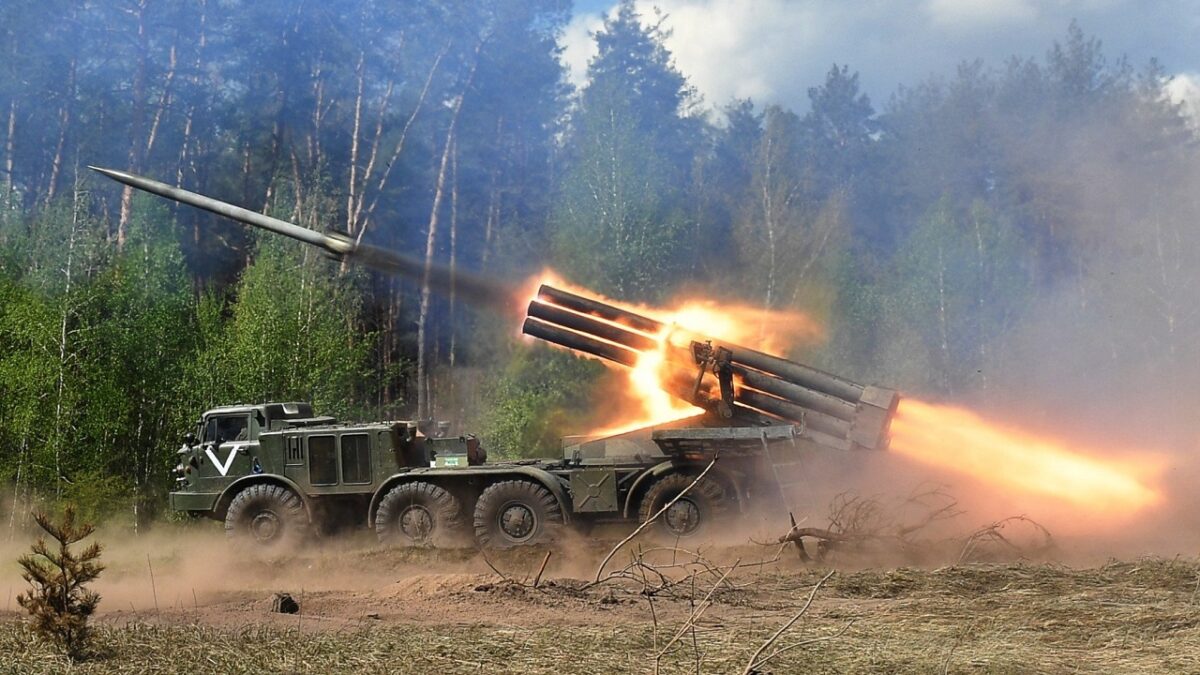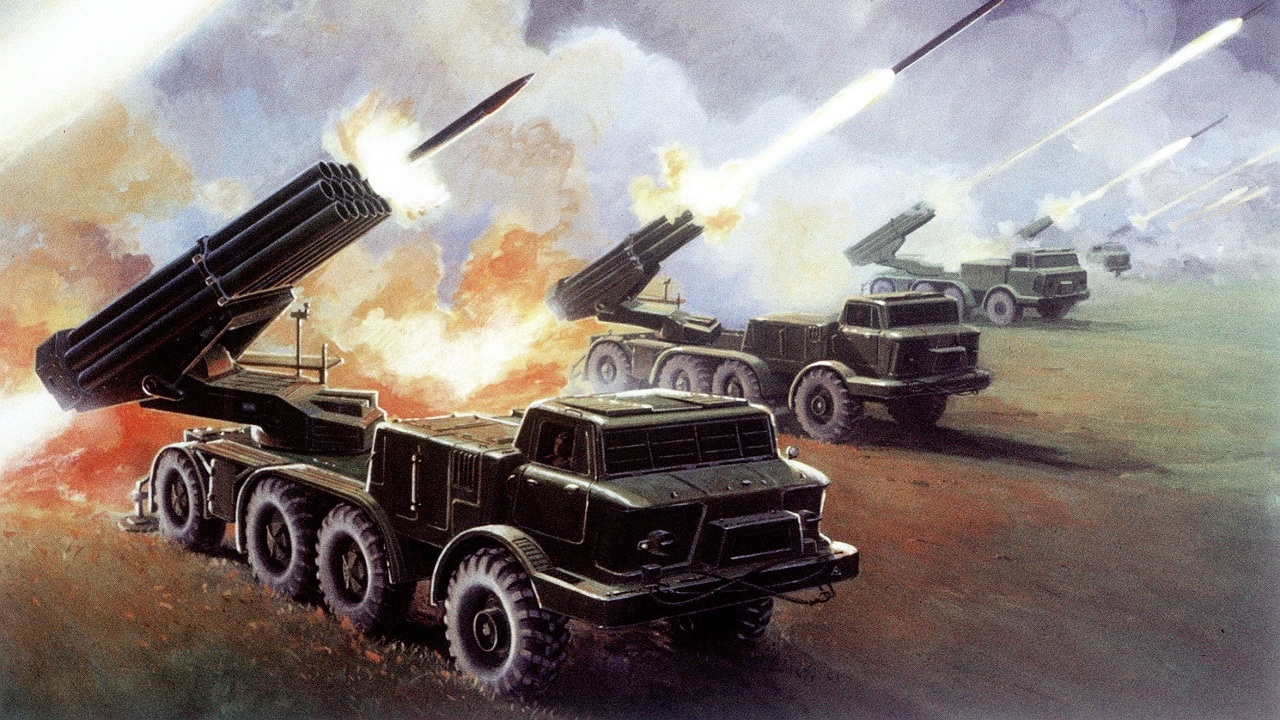Russia is using a powerful multiple launch rocket system called the Uragan to target residents again. They just won’t let up with their slaughter of civilians.
On July 13, rescuers continued to dig through rubble of a destroyed five-story apartment building. Emergency workers and volunteers found 43 dead civilians, including at least one child, after a strike that is being blamed on a Uragan-launched rocket.
The incident happened in the town of Chasiv Yar, about 20 miles south of Slovyansk, in Donetsk. First responders believe civilians are still trapped underneath the debris, but they don’t expect to find any more survivors.
This is the second-biggest strike targeting civilians since April, when a Russian rocket killed 52 and wounded at least 100 at a train station in Kramatorsk, Donetsk. The Ukrainian government is urging people to leave Donetsk, where intense fighting has spawned rocket attacks from the Uragan that have targeted residents. While 80% of the population has been evacuated, many refuse to leave.
The Associated Press described a grisly scene right after the strike. “’We ran to the basement, there were three hits, the first somewhere in the kitchen,” said one fortunate survivor.
Uragan Is a Soviet Relic with a New Lease on Life
Civilians will likely endure more Russian attacks from multiple launch rocket systems like the Uragan. That system fires 220mm rockets from a launcher that holds 16 munitions. It has been around since 1977, but the Uragan is still extremely dangerous. You can see a monumental night-time salvo launched from the Uragan here.
The Uragan was made to fire at troops, tanks, and armored vehicles, in addition to runways and command centers, but Russia has discovered it can destroy residential buildings as well. It is easy to use and fires two rounds per second. The truck can move to another location in three minutes after a complete strike that lasts 20 seconds. The crew of four can launch rockets at any hour and in any type of weather. The 17-foot rockets have a maximum range of 22 miles and weigh 595 pounds. The Uragan mostly launches 200-pound high-explosive fragmentary warheads, but the system can also deliver anti-tank mines to the battlefield.
Russia claims it only hits military targets with MLRS systems such as the Uragan. But Ukrainian Brig. Gen. Oleksii Hromov told Reuters that 68 civilian structures were hit by 202 missiles in the second half of June alone. The munitions are not precision-guided, so Russian troops often fire indiscriminately. The random nature of the attacks terrifies people – no location seems to be safe anymore. Since the beginning of the war, at least 5,000 civilians have died, according to the United Nations.
Analysis of Urban Strikes by Russia
Action on Armed Violence conducted a study analyzing Russian attacks on cities.

BM-27 Uragan firing in Ukraine. Image Credit: Twitter Screenshot.
“Russian strikes on urban residential areas account for 39 percent of Russian explosive weapons use in Ukraine, and 27 percent of civilian casualties of Russian explosive weapons use in Ukraine since 24 February 2022,” the study found.
As long as Russia has rockets in its inventory, they are likely to target civilians. The Uragan, despite its old age, is still a fearsome weapon. Even civilians who safely evacuate will find their homes destroyed if they ever return to the cities where they once lived. Russia still has a considerable advantage in artillery, including multiple launch rocket systems, so expect more bad news about the non-combatants still living in the firing line.
Now serving as 1945’s Defense and National Security Editor, Brent M. Eastwood, PhD, is the author of Humans, Machines, and Data: Future Trends in Warfare. He is an Emerging Threats expert and former U.S. Army Infantry officer. You can follow him on Twitter @BMEastwood.

